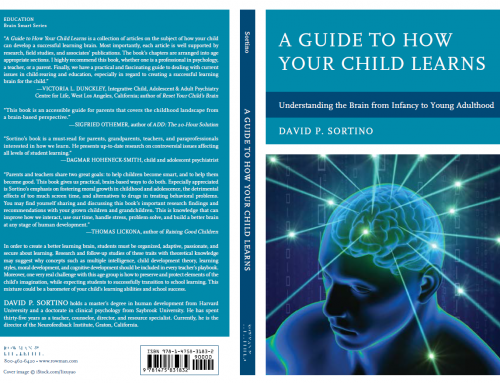Recent research by Dr. Deena Weisberg called “The Fantasy Advantage” describes new findings that suggest children absorb some lessons better when they are wrapped in magic and imagination.
I can remember my third grade teacher reprimanding me for fantasizing and/or attempting to attach my imagination to her lessons. “You need to get your head out of the clouds and pay attention,” she scolded. Her reprimands were scathing rebukes that often left me cowering in fear whenever my mind wandered to imaginative heights. Years later when I was a teacher I constantly encouraged my learning disabled students to fantasize and use their imagination and their learning was almost always higher.
For example, one of the strongest points about the Montessori philosphy is to let kids use their fantasy with play. That is, in my brief work at a Montesorri school I learned that teachers are expected to stand on the peripheral when a child is engaged in educational play and only intervene when the child asks for help. Further, one only has to walk into a Waldorf classroom to truly appreciate the use of fantasy and imagination that are incorporated into their curriculum.
Studies conducted by Dr. Deena Weisberg came many years too late for me. However, her findings show that some lessons are better when they are wrapped in magic and imagination. She writes, “in the past psychologists believed that imagination activities were frivolous and actually prevented children to develop into mature thinkers? She adds, “what is emerging is that play is a crucial component for children’s development. Further, advocates call for free play and that unstructured time for imagination activities can help kids be happier and more creative and sociable.”
Another study conducted in 1989 investigated hospitalized children who engaged in therapeutic play such as role playing of medical scenarios and props showed fewer hospital related fears than those who engaged in other types of play.
Weisberg and her colleague’s proposed a “mise en place theory.” It describes why aspects of the environment can set the stage for particular kinds of thoughts and behavior. She says, “When the environment is realistic, children know not to expect anything out of the ordinary and can proceed as usual. But fantasy senriarios signal that kids need to pay attention because things in the environment do not necessary follow the typical script.”
In another study, Weisberg and her colleague enrolled 154 children from low-income preschools in a two-week education program. She read to half of them realistic books on themes such as cooking and farming and the other half fantasy stories with elements such as dragons and castles. In the course of reading, they taught the children new vocabulary. After each reading session, she gave the students the opportunity to engage in pretend play with stories that represented characters or objects in the books. Overall, the program was a success. Both groups learned the new words that were taught. But the kids who heard the fantastical series were better able to tell researchers about the meaning of the new words than those who had heard realistic talks, showing important growth in their productive vocabulary.
And for adolescents and older adults, she concluded: “It may be too soon to speculate how fantasy’s educational power plays out with older children and adults, but it certainly likely the same advantage would remain in some degree.”
Bottom line: teachers and parents need to find the middle ground with children’s learning. The right emotional side of our brain for fantasy and imagination. The left side for the linear and skill development.
The Fantasy Advantage and Children’s Intelligence
(Visited 126 times, 1 visits today)


